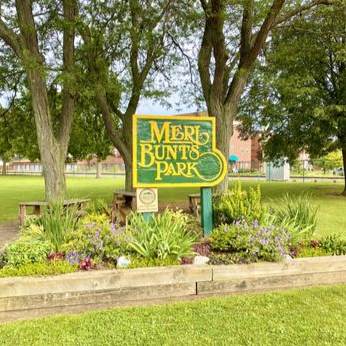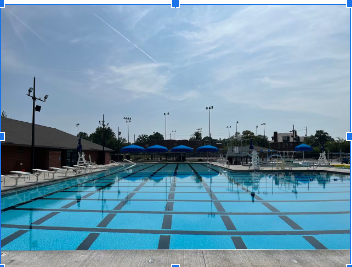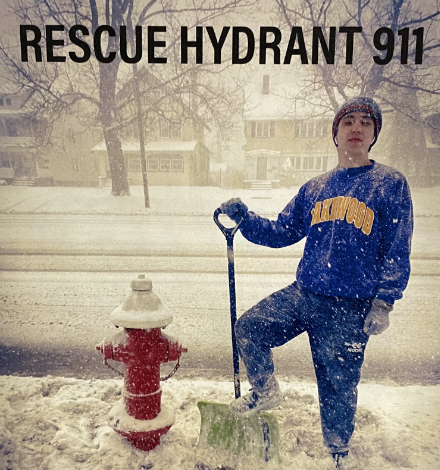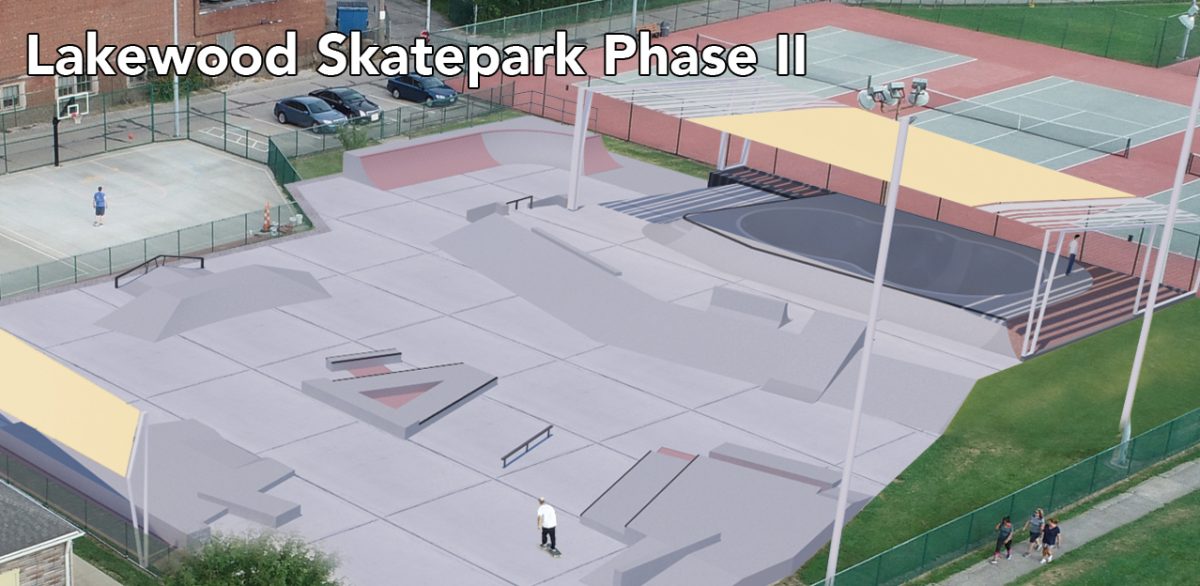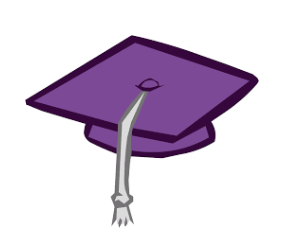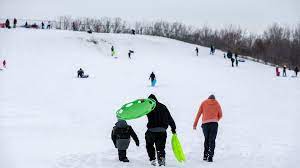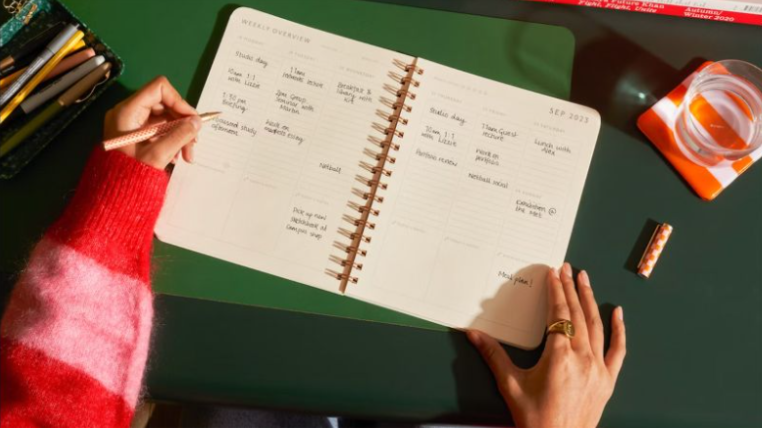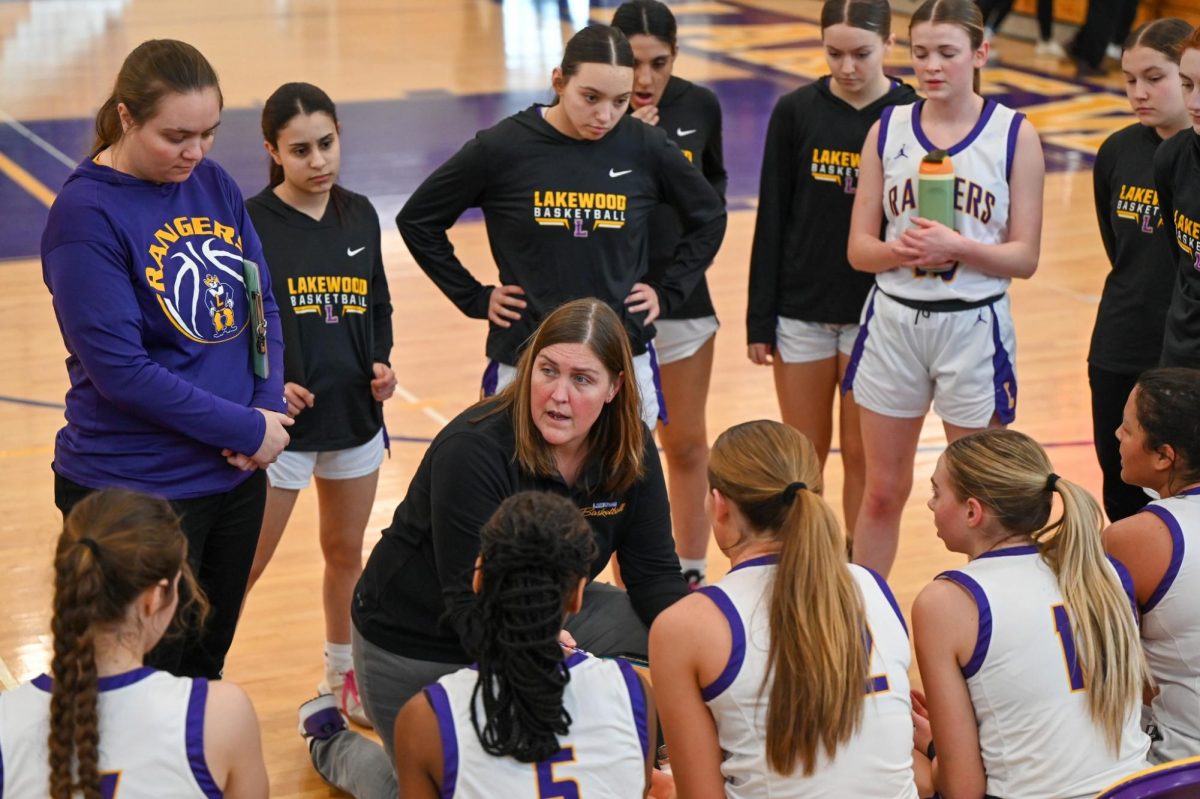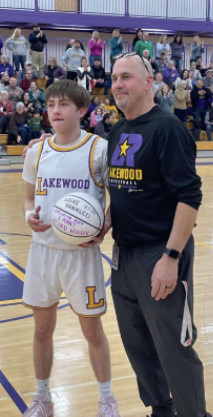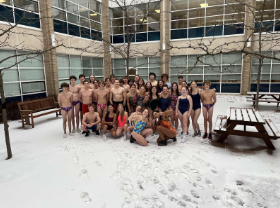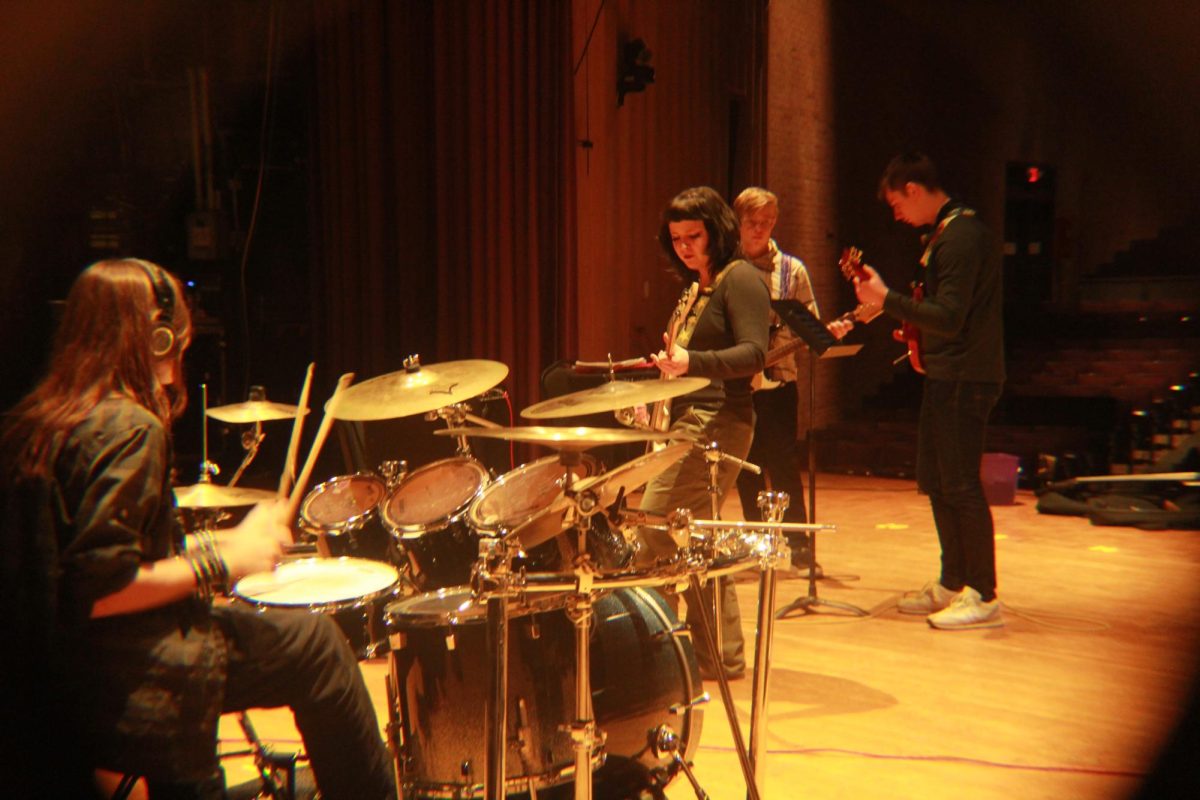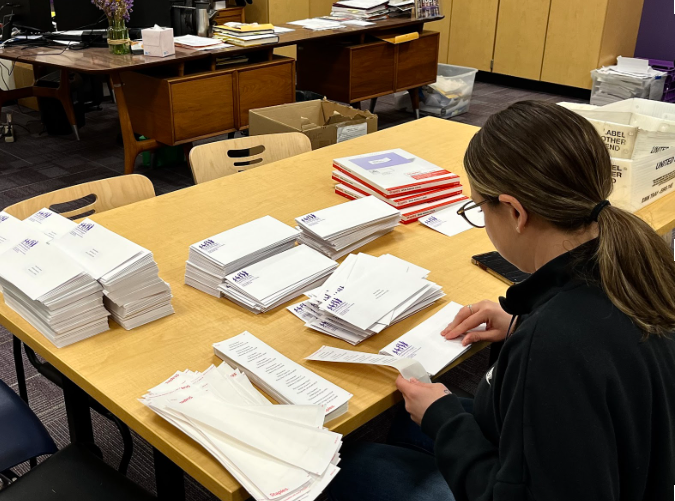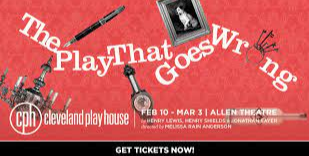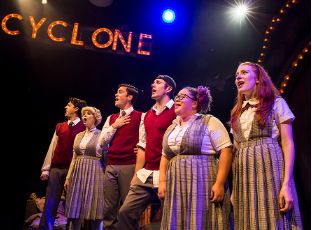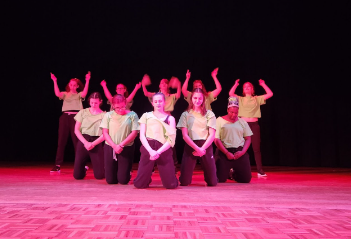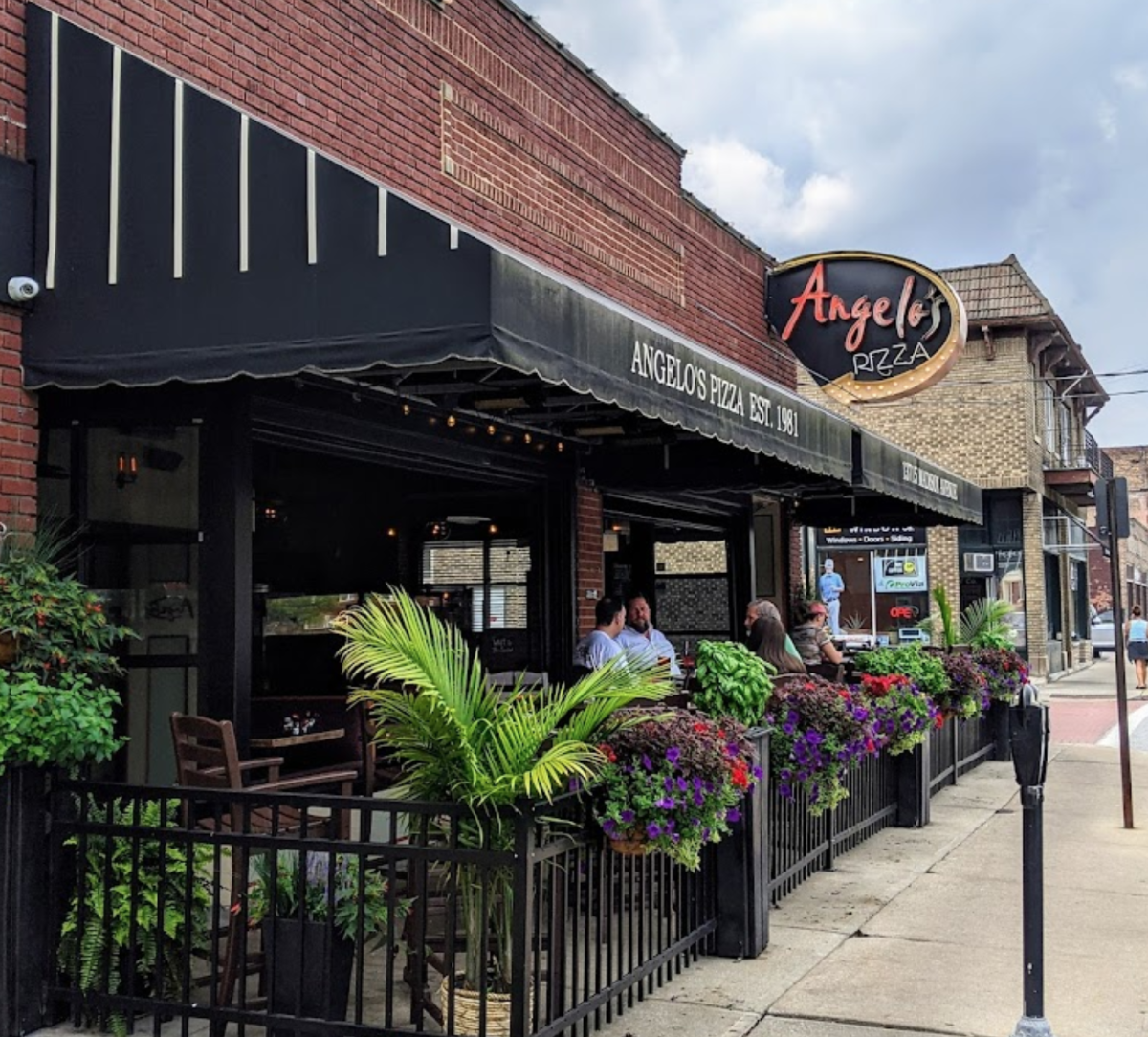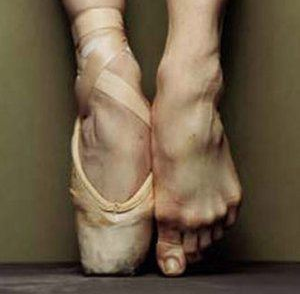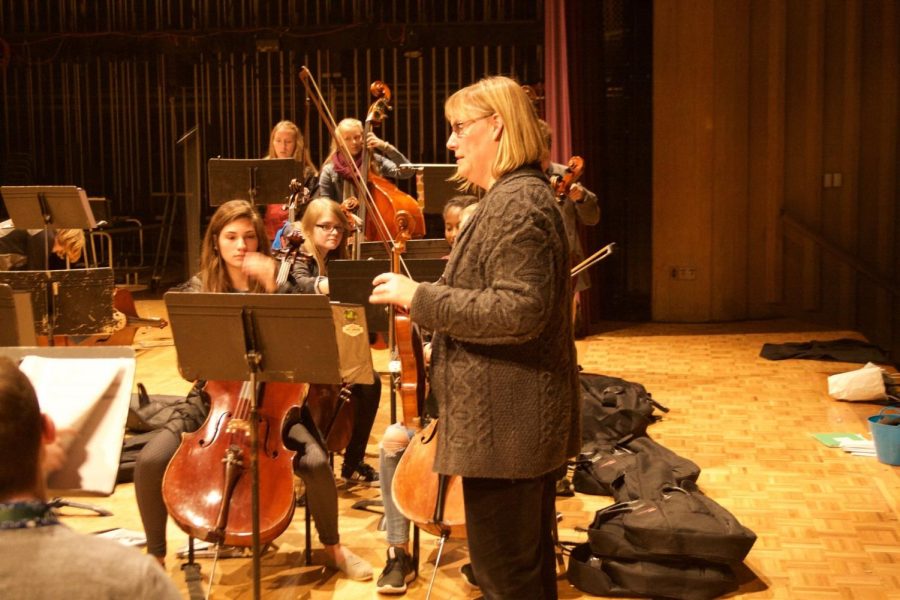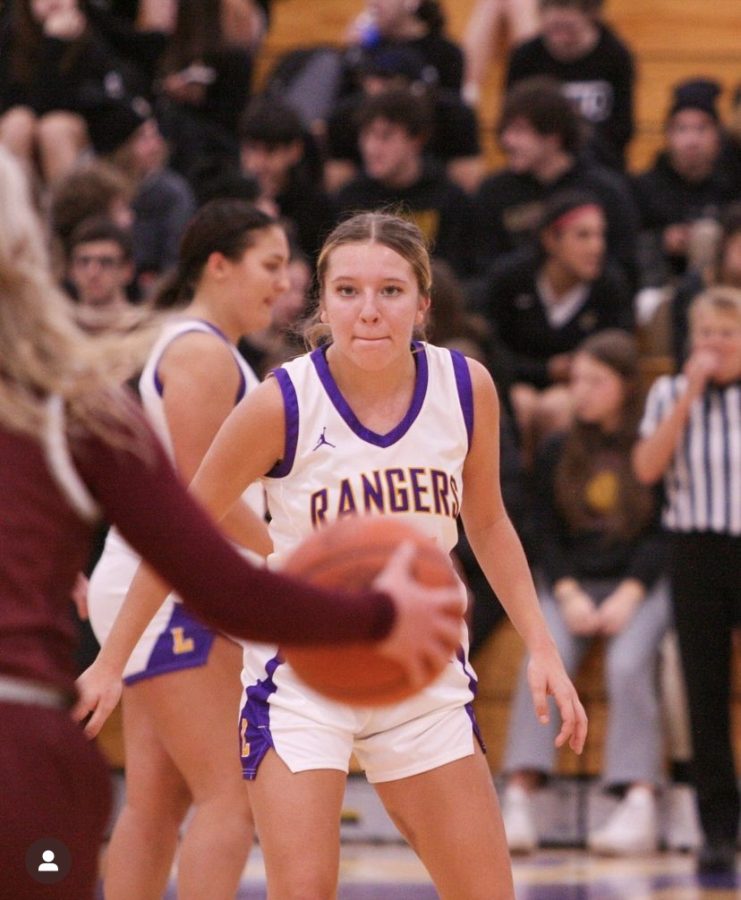The ballerina turns gracefully on the tips of her toes in pink satin shoes, floating to a landing in a seemingly effortless manner. She continues her dance with leaps, poses, and partnering steps, until the ballet ends and she takes a bow to thank the audience, which has burst into a deafening applause. The curtain closes, and she turns to walk off the stage, tears stinging in the back of her eyes from the pain throbbing in her feet.
No matter how effortless ballerinas make dancing “en pointe” look, this is the reality for many of them by the end of a class, rehearsal, or performance. Professional dancers as well as students training in ballet must utilize prevention strategies as well as healing tactics in order to avoid damage to their feet, which can occur on a multitude of levels for a variety of reasons.
Common Injuries
When we think of a ballerina’s feet, an image of shiny shoes comes to mind, with the dancer’s slender toes tucked and pointed into the footwear. However, underneath the clean, beautiful appearance is an ugly and dirty reality. Blisters, calluses, bunions, hammertoes, toenail issues, and warts are just a handful of the common issues that can result from dancing in pointe shoes, as Lisa M. Shoene, DPM, of Podiatry Today states.
“I have had bruised toenails that have caused extreme amounts of pain from the pressure the pointe shoes put on my toes, which eventually led to them falling off,” says Mary Nozak, a high school junior and a dancer at the Beck Center for the Arts in Lakewood who has been doing pointe work for five years. Nozak has also endured “blood blisters, swollen feet, and lower back problems” as a result of dancing en pointe. All of these injuries have caused her to worry about the possibility of hurting something that can never be healed, causing her to no longer have the ability to dance.
“My friend broke her growth plate by falling off of pointe, and I was in the room watching it,” Nozak recalls with regard to a dancer from her former studio.
Nozak is not the only Beck dancer who has faced injuries while dancing en pointe- Rachel Jablonski, a high school senior in her third year of pointe, and Halle Breudigam, a freshman who started pointe last September, have had their fair share of aches and pains as well.
“I’ve gotten four blisters, two on each foot, and they hurt when I just walk regularly, but they feel especially bad when I’m in my pointe shoes,” Breudigam comments.
“I’ve mostly dealt with blisters and cuts and bruises, but pointe shoes always put stress on my achilles so that usually hurts, too,” Jablonski says of her typical foot struggles. “Soon after I started pointe, the skin on the top of my big toe split and wouldn’t heal for months. The pain was so sharp when I went up in my shoes that I remember walking off stage after my first performance and crying.”
Causes of Injuries
According to the website Bioathletic, pointe shoes cause 65 to 80 percent of dance-related injuries. There are a wide range of reasons why a dancer may be injured so much while dancing en pointe, ranging from the shoe not fitting correctly to a lack of strength to a simple misstep. Nozak brings up the fact that ballerinas must focus on many other body parts and people while dancing, not just their feet, which could lead to getting hurt.
“The most dangerous part of being en pointe is that lack of control you have to have to make the steps turn into a dance. When you first start learning, you suck in your core and tense up to make sure you don’t hurt yourself, but professionals don’t think twice about that,” she says. “They let go and allow the music and steps to carry them…I wish that I could release all the tension I keep while on pointe and evolve into the characters onstage like they do.”
Jablonski, on the other hand, stresses the idea of strength while being en pointe- she says that without it, a lot of damage can be done.
“Flexibility is important in dance, but if you want to do pointe, that’s not enough. You need to be very, very strong,” she insists. “I hold my breath whenever I watch girls with little Bambi legs… in pointe shoes. It looks like they could just snap!”
Preventing Injuries
Before going up in their pointe shoes, dancers can be seen stuffing them with padding, and wrapping their own toes in tape and bandaids. Afterwards, many use natural remedies and take special care of their toes in order to avoid future injuries.
Claire Schuppel, a two-year pointe dancer at Elyria YWCA, says that “heating pads and cutting your toenails” are the best ways to avoid getting an injury, seeing as the shoes can cause nails to become ingrown and bruised, which leads to them falling off.
Nozak and Breudigam also have their own, preferred strategies to keep themselves safe while participating in pointe work.
“To prevent injuries, I soak my feet in epsom salt after a really tough class as well as apply Icy Hot to my back and any places where I normally get sore, just as a prevention technique,” Nozak says.
“I use that tape that you wrap around your feet, and then sometimes I’ll put toilet paper in the box just to make it feel more cushiony,” adds Breudigam.
Jablonski comments that feet are not the only part of the body dancers need to focus on to be successful en pointe.
“I… spend a lot of time exercising my core because the better you can support yourself, the less prone you are to injury,” she says.
Healing Injuries
Although severe injuries require the aid of a doctor or specialist and can take years to heal, dancers have created their own individual care methods when it comes to dealing with minor injuries caused by accidents in pointe shoes. Breudigam says that she will simply take a break from pointe to let her feet rest and heal, but others turn to storebought remedies for help.
“For little, normal injuries, like blisters and swollen feet, I would recommend soaking them in ice water or epsom salt, then applying Icy Hot to them, and for prevention of infection on your toes, I would use tea tree oil,” suggests Nozak. Jablonski agrees.
“Ice and epsom salts are more effective than a lot of people would think for injuries. So is strength building.”
So Why Even Bother?
Many people may wonder why dancers choose to continue dancing in pointe shoes due to all the injuries it can produce and all of the precautions that must be taken in order to avoid severe wounds.
“What makes it worth the pain is first of all, the companionship from all of my friends who endure the same pain with me,” insists Nozak. “Secondly, the feeling when you finally accomplish something that you’ve worked hard for… usurps the pain it takes get to that triumphant moment.”
Some dancers, like Schuppel, simply “really like the art form” and find it “beautiful.” Jablonski finds joy in the artistic side of pointe as well.
“I have always been a lover of all kinds of art, but as far as visual art goes, I only have the ability to make art. When I’m dancing, I can be the art,” she says of her reasoning behind continuing pointe. “There are styles of dance that don’t hurt as much, but pointe work is such a pure kind of beautiful that I only ever want to work harder and harder to become the piece of art I see in my head.”

